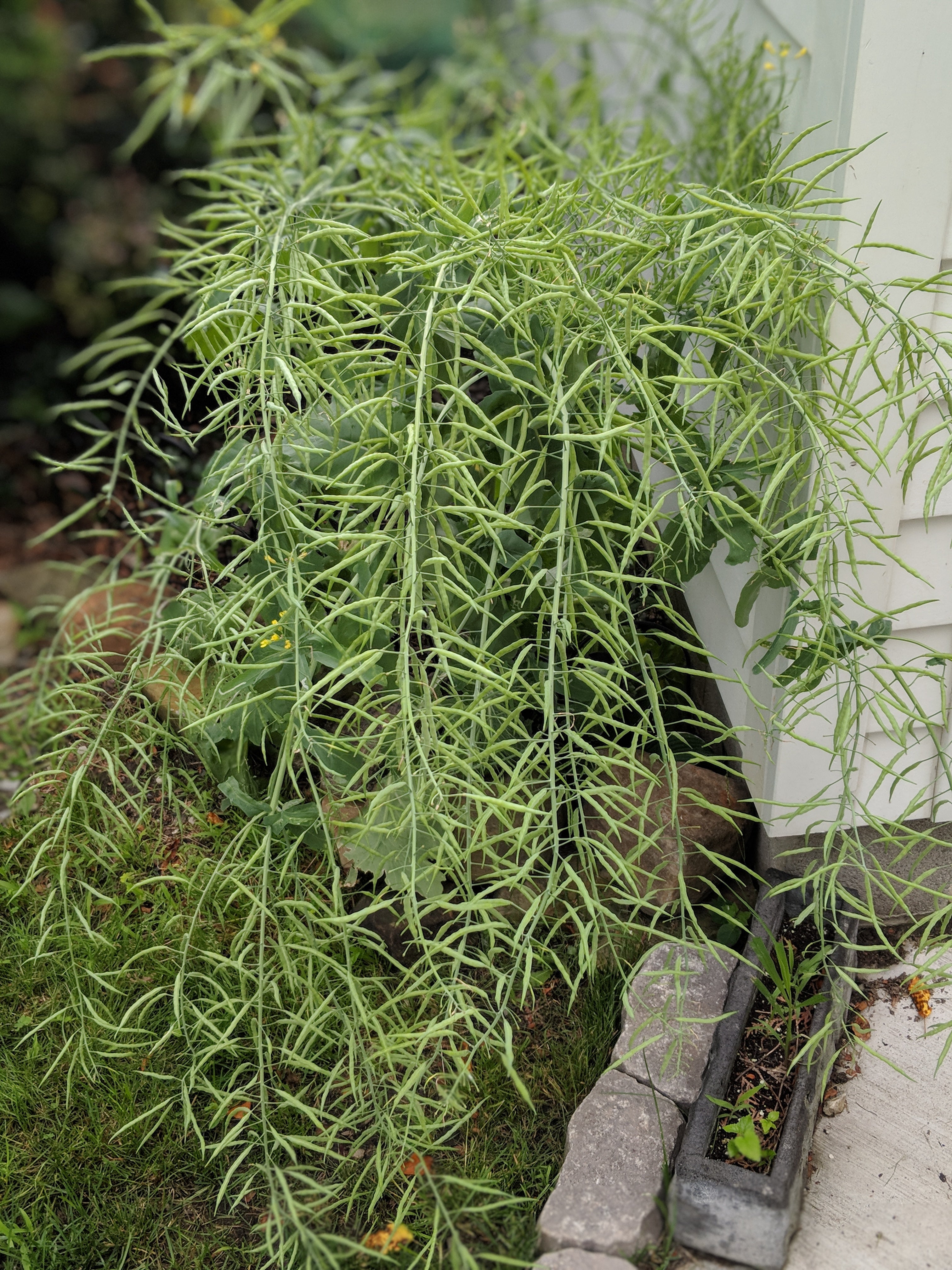Saving Kale Seeds – Learn How To Harvest Kale Seeds


In recent years, nutrient dense kale has gained popularity among mainstream culture, as well as with home gardeners. Noted for its use in the kitchen, kale is an easy-to-grow leafy green that thrives in cooler temperatures. A wide range of open pollinated kale varieties offer growers delicious and extremely beautiful additions to the vegetable garden.
Unlike many common garden vegetables, kale plants are actually biennials. Simply, biennial plants are those that produce leafy, green growth in the first growing season. After the growing season, plants will overwinter in the garden. In the following spring, these biennials will resume growth and begin the process of setting seed. In this article, we will discuss how to harvest kale seeds so you can plant another crop.
How to Harvest Kale Seed
Beginner growers may be quite surprised by the presence of bolted kale plants in the garden. However, this scenario presents the perfect opportunity for collecting kale seeds. The process of saving kale seeds is really quite simple.
First, gardeners will need to pay close attention to when kale has gone to seed. For optimal seed production, growers will want to leave the plants until the seed pods and stalks have started to dry and turn brown. This will help to ensure that the seeds are mature at harvest time.
After the seed pods have turned brown, there are a few choices. Growers can either cut the main stem of the plant to harvest all the pods at once, or they can remove individual pods from the plant. It is important to remove the pods promptly. If you wait too long, it is possible that the pods may open and drop the seeds onto the soil.
Once the pods have been harvested, place them in a dry location for several days to a couple weeks. This will ensure that moisture has been removed and will make collecting kale seeds from the pods much easier.
When the pods are fully dry, they can be placed in a brown paper bag. Close the bag and shake it vigorously. This should release any mature seeds from the pods. After the seeds have been collected and removed from the plant matter, store the seeds in a cool and dry place until ready to plant in the garden.
Sign up for the Gardening Know How newsletter today and receive a free copy of our e-book "How to Grow Delicious Tomatoes".

Tonya Barnett has been gardening for 13 years. Flowers are her passion. She has transformed her backyard into a cut flower garden, which she regularly chronicles on her YouTube channel http://www.youtube.com/@tonyawiththeflowers.